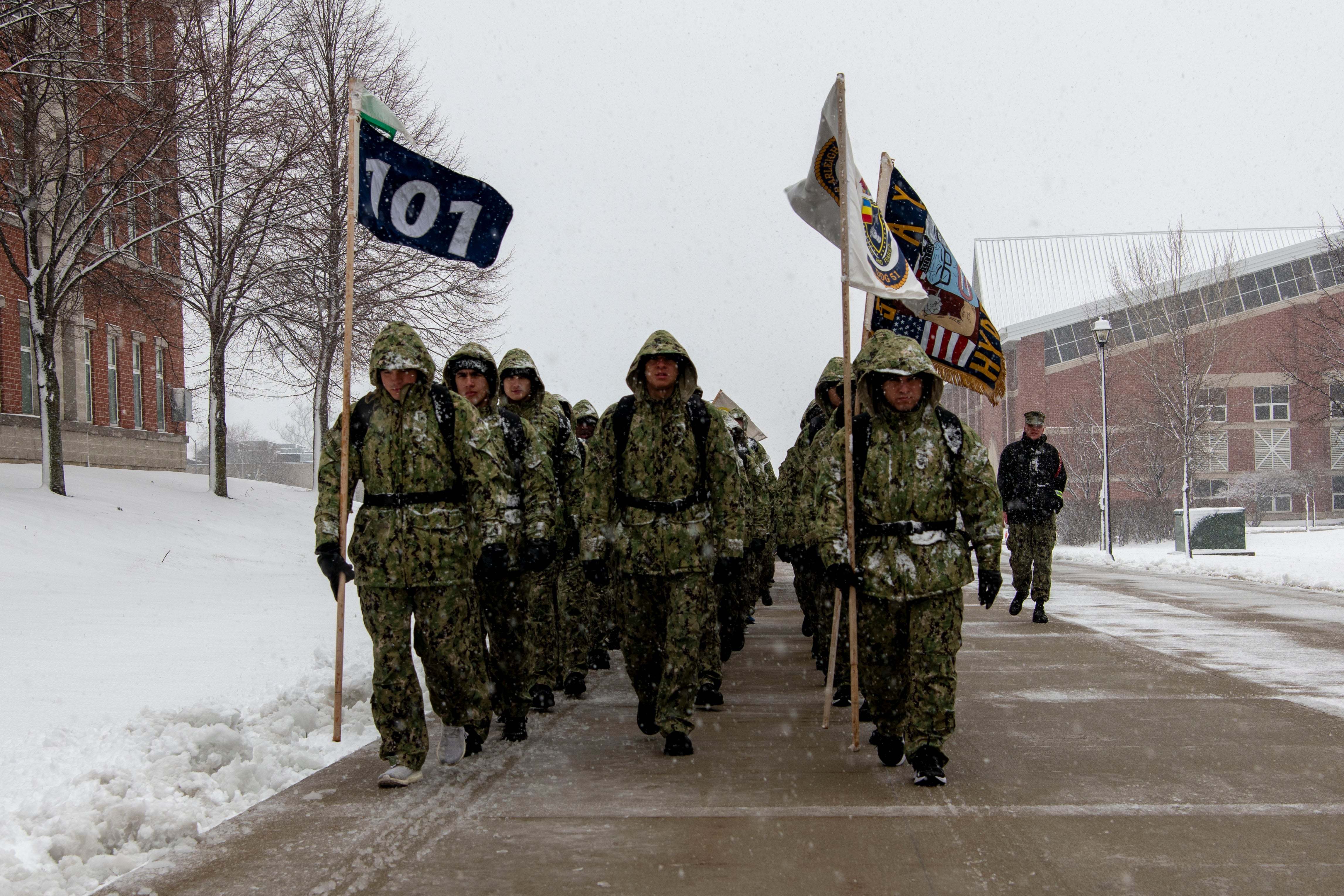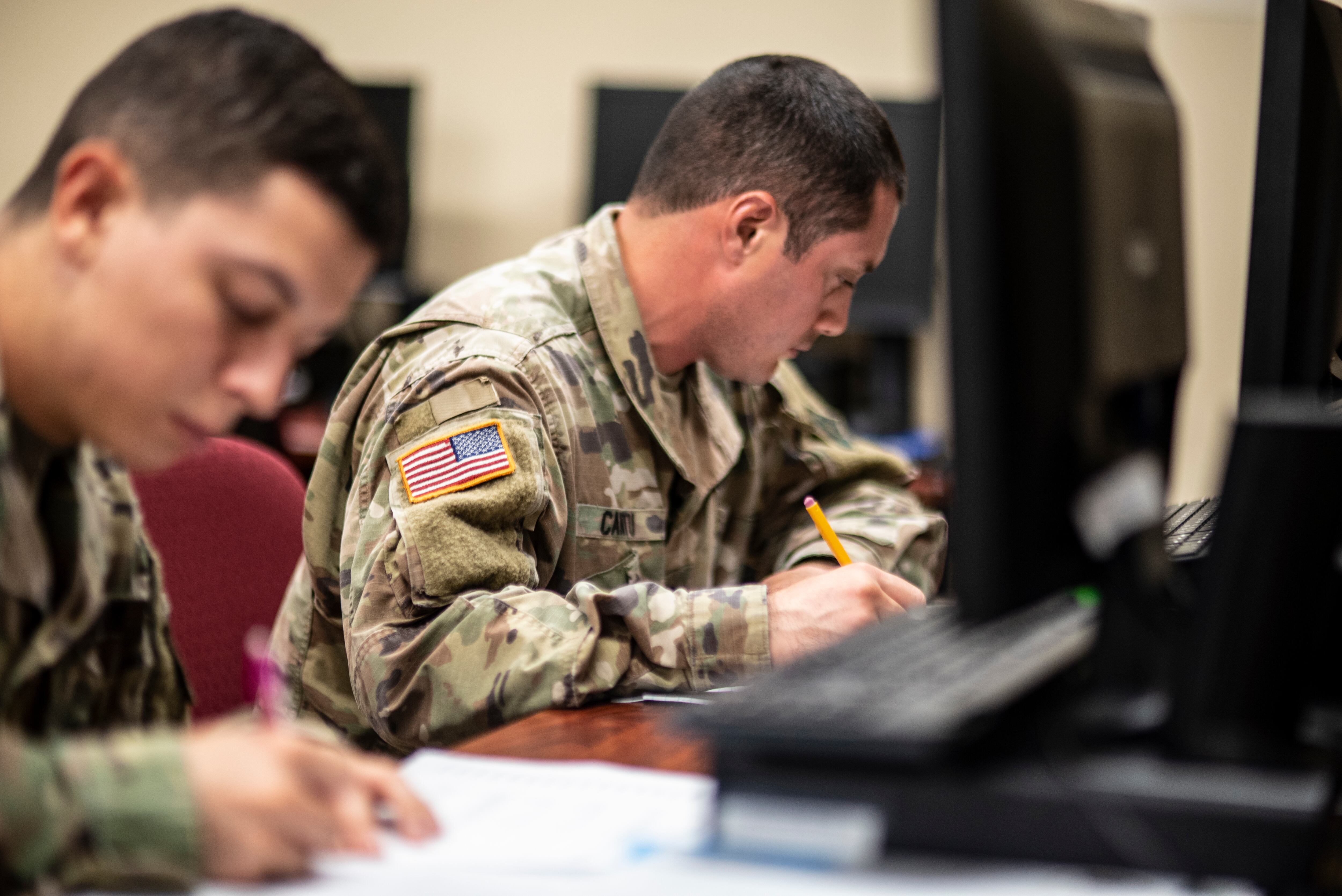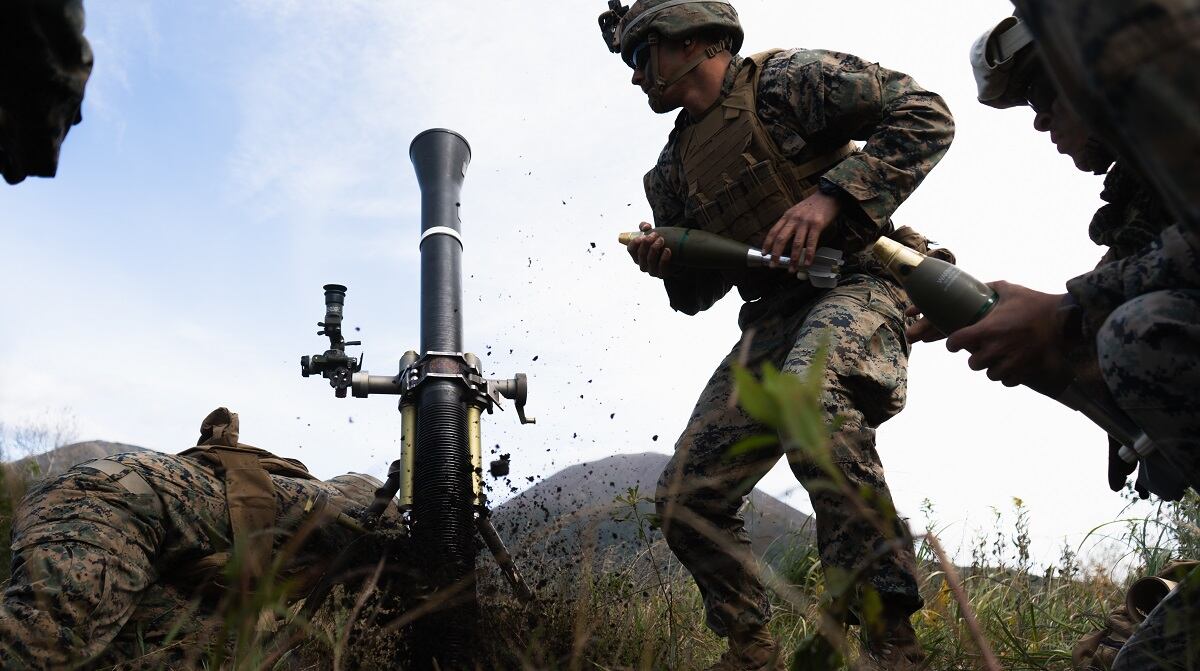Defense Secretary Ash Carter's The Pentagon chief's order Wednesday allowing women to serve in all corners of the military, bust down the final barriers to Defense Secretary Ash Carter announced his decision to open all corners of the military to women on Wednesday, busts down the final barriers to women being allowed to serving in the Navy's elite special operators. ng down the final gender barriers built into service.
The order to integrate the Navy SEALs, the service's last male-only force, was OK'd by the top SEAL but has been controversial among many for For the Navy, this means opening up the illustrious SEAL teams and the rest of Naval Special Warfare, a move supported on the record by the service's top SEAL but questioned by recent and older veterans alike.
Don't expect GI Janes right away. The Pentagon's move sets the SEALs on a track that will likely take months or years before a woman is able to earn her Trident.
The first step is notification: The Defense Department will submit a letter to Congress with their intent to open the special warfare ranks, community, and lawmakers will have 30 working days to raise any objections. This could take months, as the working days are counted when Congress is in session.
Next, Naval Special Warfare will need to adopt gender-neutral physical standards and adjust its training regimen accordingly before a woman is even able to enter Basic Underwater Demolition/SEAL training, widely regarded as the military's most hellacious school. Eight out of 10 wash out.
No moves will be made until the notification period has passed, a Naval Special Warfare spokesman told Navy Times.
"NSW will be able to discuss our implementation specifics and timelines at a later date," said Cmdr. Jason Salata. "It would be premature to speculate as to when the first women would be available for SEAL or [Special Warfare Combat Crew] SWCC training."
The Pentagon's order comes after Rear Adm. Brian Losey, the head of Naval Special Warfare Command, led a comprehensive review and proposed integrating the SEALs, a recommendation backed by Chief of Naval Operations Adm. Jon Greenert that was first reported by Navy Times in August.
The Pentagon's order expands the The new rules will expand the eligible pool to any American who can meet the arduous standards to be a Navy SEAL — standards that officials have insisted will not be lowered. The move is a milestone achievement for Navy Secretary Ray Mabus, who has pushed throughout his 6-year tenure to open all Navy and Marine billets to women. Beyond special operations, the decision also allows women attached to Marine units to serve at any level. has indicated throughout his tenure that he intended to make both the Navy and Marine Corps open to women, and this fall, former Chief of Naval Operations Adm. Jon Greenert announced his support.
"Our process and studies showed that as long as someone can meet operationally relevant, occupation-specific, gender-neutral individual standards, that person is qualified to serve," Mabus said in a Thursday release. "Gender does not define the service of a United States sailor or Marine — instead, it is their character, selflessness, and abilities."
But it will undoubtedly change the bonds and rough-and-tumble rituals of the SEALs. Some worry that it will erode the extraordinary ties that have made SEALs the world's most feared and lethal warriors.
"Changing the direction of the SEAL teams by introducing females to the training process changes the chemistry, and then shows that what you have is no longer the SEAL teams as we know it," said Special Warfare Operator 1st Class (SEAL) Kevin Lacz. "It's something completely different."
"People who are in positions of authority, who could protest this, are more interested in making rank, and their career, than actually questioning history and the effectiveness of SEAL teams," said former Special Warfare Operator 1st Class (SEAL) Kevin Lacz.
Lacz, a SEAL Team 3 veteran with multiple deployments to Iraq, and who played himself in last year's "American Sniper," said that it's likely a woman will be able to get through training, but that just letting them into the 6-month BUD/SBasic Underwater Demolition/SEAL course will alter the meaning of the organization.
The Defense Department's decision to open the SEALs and the rest of the military's still-closed combat specialties is several years in the making,
A spokesman for Naval Special Warfare declined to answer questions about the adoption of gender neutral standards and the timeline for opening SEAL training to women after Defense Secretary Ash Carter's announcement Wednesday, referring them to the Navy's chief of information office, which also was unable to answer them.
The service at one point had been preparing to allow women to declare their intentions for Naval Special Warfare at boot camp as soon as this fall, but that time came and passeddidn't come through. The Navy originally planned to allow women to declare their intentions to go for Naval Special Warfare at boot camp this fall, but that did not come through. For now, said a Navy official speaking on the condition of anonymity,The service will begin hammering out how to integrate women into SEAL training and operations, said an official familiar with the next steps.
"Expansion of the force will be a deliberate process; it will not take hours, days or weeks, but months and potentially years," Salata said.
Salata could not elaborate on a timeline for when a woman might check-in at BUD/S, but Lacz offered some them some advice.
"Same as I would say to anyone: Don't quit."
'SEAL teams light'
The number one concern voiced among both active-duty and veteran troops throughout the Pentagon's last push to open combat jobs to women has been that the standards must not be aren't sacrificed in the process.
Leaders have reiterated throughout the yearsthat they will not weaken the rules, but some are concerned that's just a line.
"There will be a change to the standards," Lacz said. "There already is, by allowing women to go and train."
In his remarks Thursday, Carter explained that the services have taken a look at which parts of their combat fitness standards are related to combat situations and plan to eliminate the ones that aren't.
Those updates have yet to be announced, but Lacz pointed out that that more than push-up maxes and sand runs go into determining whether some is a fit for the SEALs.
"In these units, in the military, there are non-politically correct methods of determining if of somebody’s going to be there or not," he said.
Specifically, what he called "team-building" exercises: "And I changed that name from what it used to be, the 'H' word."
Many of those hazing rituals have been weeded out over the years, he said, weakening the gut checks systems that the teams used to force out all but the toughest, most resilient to use use to to find only the most physically but also mentally qualified candidates.
"Guys talk about how the quality of the students has decreased over the years, and I believe that will only further decrease," Lacz said. "We'll have something that isn't the SEAL teams, but SEAL teams light, if you will."
And once operational, there are concerns not only about how a woman will facehandle combat, but how she'll be treated by her teammates.
The legendary SEAL Team 6 founder, retired Cmdr. Richard Marcinko, has said told Navy Times in October that SEALs often have to choose whether to leave a wounded member behind during a mission and come back for him later.
If the choice is to leave behind a woman, he said, they might be more worried about her potential capture than he would with a man.
"The leader of this mission would have to weigh, should I drag her along with me and potentially slow things down, or do I leave her and hope for the best?" Marcinko said.
End of the brotherhood
they all wear
And
"I think there's fact in the nostalgia," Lacz said. "I think if a SEAL team 15, 20 [years] ago said, 'Hey, we're not going to run with boats on our heads because it's bad for our necks, it's bad for our backs,' I think it would have affected our fighting ability."
It's verymuch different than the Navy integrating women onto surface ships or submarine crews, he added, because of the environments and pressures of the job.
In essence, shunning women and political correctness out of the teams is what has made the SEALs who they are, he argued.
"It's not just a bunch of old guys sitting around saying, 'I was in the last hardest class,' because it was a hard class, whether you want to admit it or not, because the class after you went through the exact same thing," he said. "The fact that it hasn't changed has allowed the SEAL teams to create the same hard individual year in and year out for the past 70-plus years."
The teams are looking for the Total Man: Someone who can go into combat, come back home, put on a business suit and go to a briefing, Lacz said.
How would a women fit into that mold?
That said, he added that there are plenty of places in special operations where women have served and could potentially serve as qualified operators, such as more clandestine missions.
"What looks more obvious than that a bunch of big, tough American men walking around in a low-vis environment?" he said. "Women can blend in much better," he said. "What I’ve seen overseas in special operations, they’re great in intel gathering. And that facilitates the mission in special operations."
Meghann Myers is the Pentagon bureau chief at Military Times. She covers operations, policy, personnel, leadership and other issues affecting service members.





